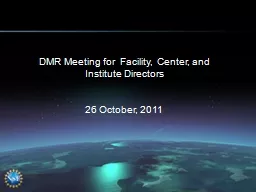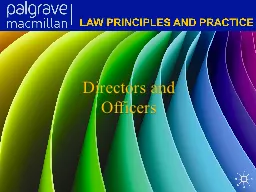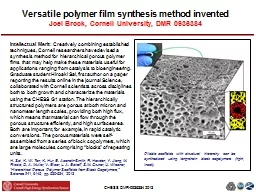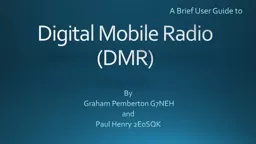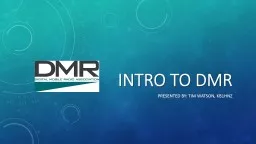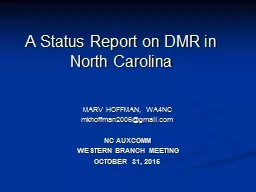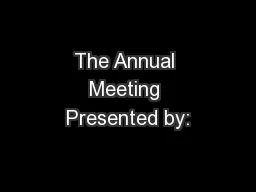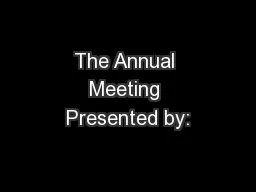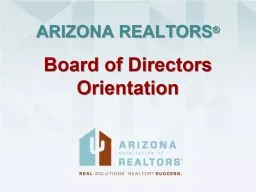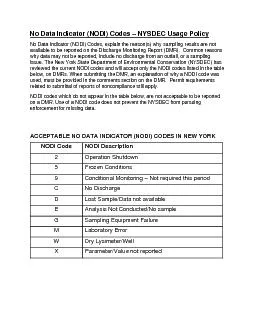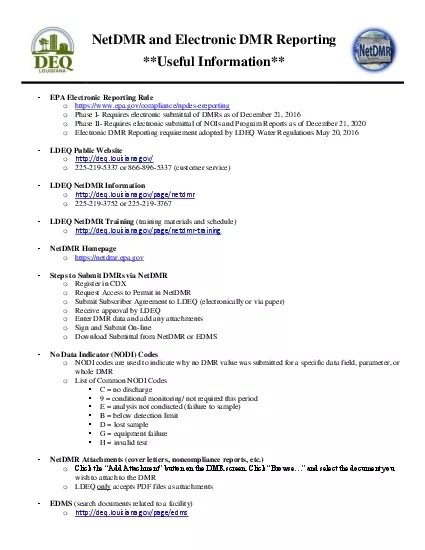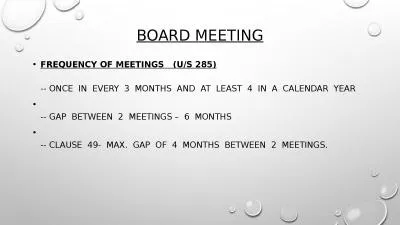PPT-DMR Meeting for Facility, Center, and Institute Directors
Author : magdactio | Published Date : 2020-07-01
26 October 2011 CONGRESS PRESIDENT NSF Director MPS AD DMR DD DMR PDs awardees PIs PEERS Advisors reviewers The Food Chain Beneficiary Chain Policy Makers Industry
Presentation Embed Code
Download Presentation
Download Presentation The PPT/PDF document "DMR Meeting for Facility, Center, and I..." is the property of its rightful owner. Permission is granted to download and print the materials on this website for personal, non-commercial use only, and to display it on your personal computer provided you do not modify the materials and that you retain all copyright notices contained in the materials. By downloading content from our website, you accept the terms of this agreement.
DMR Meeting for Facility, Center, and Institute Directors: Transcript
Download Rules Of Document
"DMR Meeting for Facility, Center, and Institute Directors"The content belongs to its owner. You may download and print it for personal use, without modification, and keep all copyright notices. By downloading, you agree to these terms.
Related Documents

